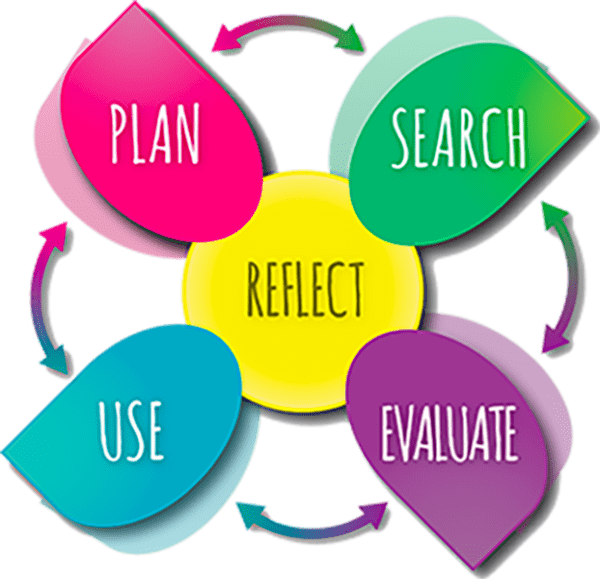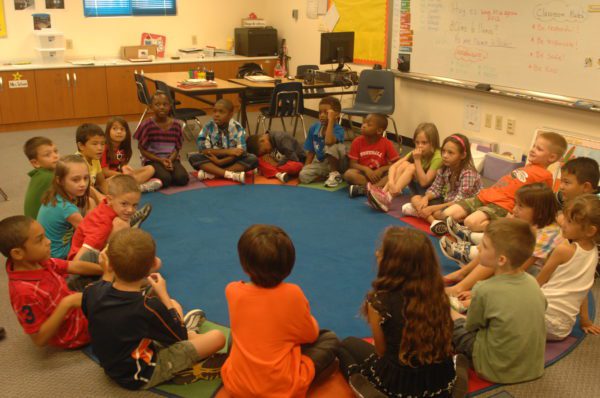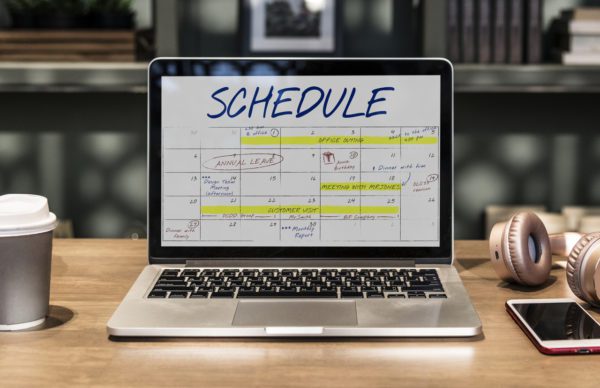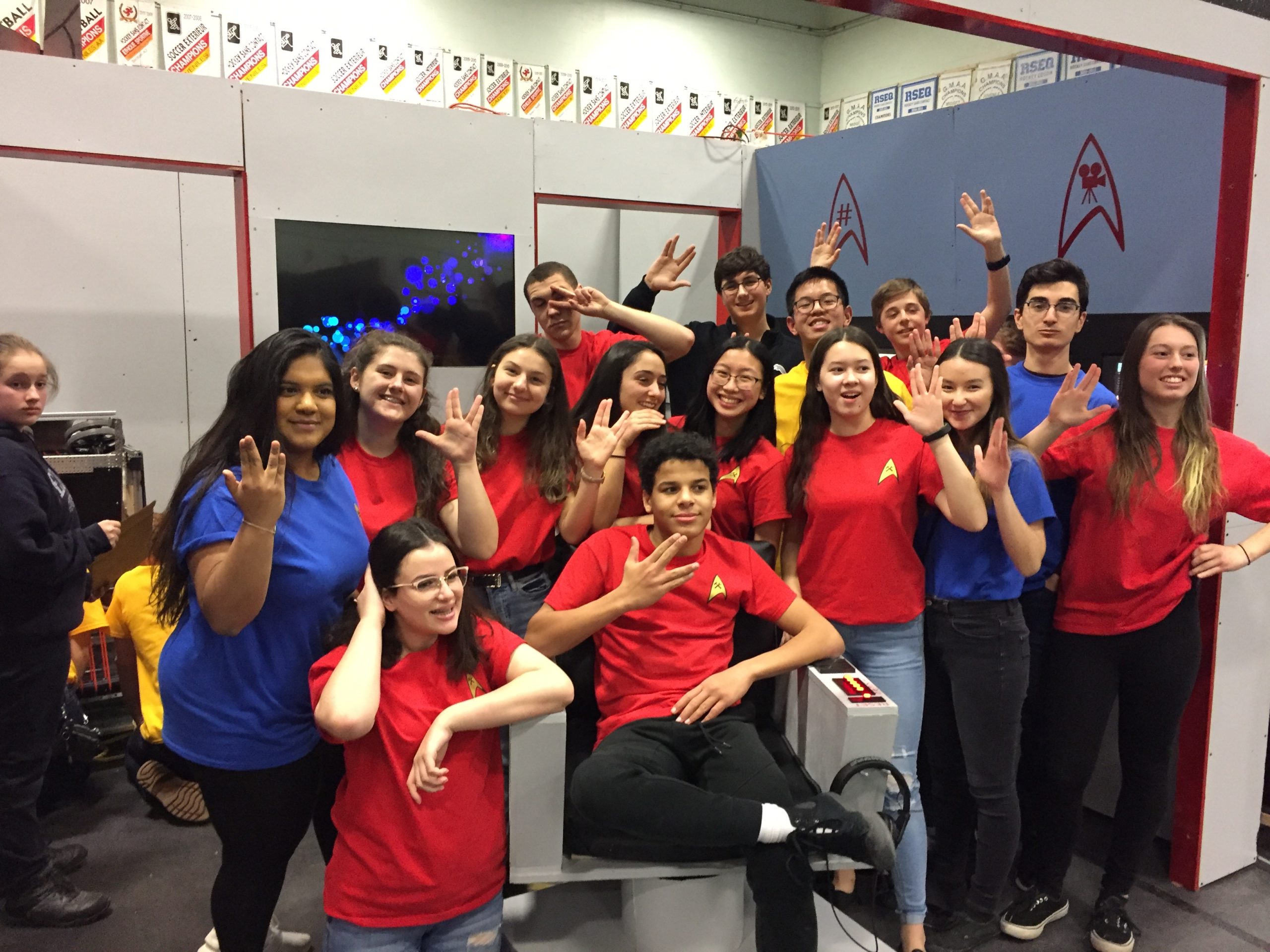Fall is finally here, and with it, the start of another school year. Many students are beginning a new grade level or starting at a new school this week. This novelty often leads to emotions ranging from excitement and nervousness to shyness and utter dread. Students are not the only ones feeling a range of emotions concerning the upcoming school year. Many of us teachers also find ourselves in new and challenging educational situations. Like our students, we must adapt to new surroundings, peers, and curriculum content. Whether you are a seasoned teacher, a newbie fresh out of university, or perhaps someone transitioning from another career, the beginning of a new school year is demanding. While we often hear about strategies to help students adapt to new educational situations, we don’t always discuss the support available to us as teachers. In this article, I will share resources, tips, and tricks to help avoid burnout when embarking on a new teaching adventure. After all, a happy (and well-rested) teacher is essential to a healthy and productive learning environment.
Learn with your students
There is much to learn when teaching a new course or grade level. Even if you are teaching at the elementary level, it is normal to have to brush up on specific facts. I, for one, still can’t remember how many rings each planet has. Lucky for us, teachers don’t need to be experts in everything!

Research projects are a great way to explore content and reduce the burden of teaching a new topic. Rather than delivering the content yourself, you can guide your students’ inquiry and learn alongside them. The ‘learn together’ approach helps students understand the required curriculum content. It also helps nurture cross-curricular competencies, which are essential to lifelong learning. In today’s digital age, it is often just as important to know how to find valid information as it is to know specific facts or processes. You do not need to regurgitate a textbook word by word to be a successful teacher; you just need to be able to guide your students in finding the answers. The Inquiry Process model can be helpful when conducting research with your students.
Be Yourself
Teaching should be fun and creative. It is one of the things that I enjoy the most about the profession. When you begin to teach, it is common to observe other teachers and adopt similar practices that you see are successful for other teachers. Well-meaning colleagues often suggest how they would deliver specific content or set up their classroom routines. Educational conferences and online webinars (ours are here!) can be ways to network with educators.

Diverse friends holding speech bubbles
While listening to others’ advice can be beneficial, you must make your teaching practice yours! Your classroom should be a reflection of you AND responsive to the unique needs of the students in your classroom. It is normal to get exhausted if you spend your days trying to model your teaching practice after someone else. What works for the teacher across the hall might not work for you. Have fun and get excited about the projects that you’re doing with students and colleagues. You model risk-taking and encourage student innovation when you’re creative. There are also numerous benefits to creativity in the classroom. It is easy to get discouraged and burned out if you’re not enjoying your work; I think that creativity and laughter can help prevent burnout.
Focus on Relationships
We often feel pressured as teachers to push curriculum content. After all, we begin the year with a long list of things to teach and only so much time to do it. I have learned over the years that pushing content before building relationships does not do anyone any favors. Getting to know your students before moving too far into your planning is crucial. To clarify, I don’t mean just getting to know their learning styles and academic performance levels, but who they are as individuals. You will be a more effective and responsive educator if you spend the first few weeks of the year learning about students’ needs, goals, and aspirations. I have found that you make up the time you spend building relationships two-fold at the end of the year because you can design learning situations that better suit your students’ needs and interests. Begin the year by actively listening to your students and they will be more likely to speak to you about the personal and academic challenges they encounter as the year progresses. Active listening will help you better support their overall well-being and academic success throughout the year. Plus, better student-teacher relationships lead to more positive student emotions in relation to school (Goetz et al., 2021)l. These emotions can impact school engagement and performance, as well as the overall mental health of children.
When you are learning about your students, I think it is also vital to share parts of your life with them. We sometimes think it is all about getting to know the students, but we must also let them know us if we want them to trust us and feel comfortable taking risks in our presence. Sharing stories and interests helps them relate to you and see you as approachable.

Even though a lot of teaching may happen behind classroom doors, we must also build relationships with people and things outside our classrooms. It is said that it takes a community to raise a child, and as a teacher, you are part of a classroom, school, local and global community. Get to know key people in your school (secretaries and custodians are true heroes!). The people at your school board, your student’s families, and your local community can support students and you. Reaching out to diverse people in your local community can build a more comprehensive support network for you and the students. Bringing various voices together in your teacher practice helps make education a more enriching experience. The people you meet attending community events like sports matches, pow-wows, feasts, or festivals can bring something new to your class.
Routine – Routine – Routine
There is a reason everyone always stresses routine, especially at the beginning of the year. It makes your life and your students’ lives easier. If well-established, something that takes an hour to do in September becomes automatic by April.

Sometimes it is hard to know what routines to establish if you are new to teaching or which practices you can commit to doing consistently. Luckily, students are usually a great help. They can offer suggestions, and you can discuss what works well and what doesn’t. Usually, students and teachers are most likely to follow the rules and routines when they have a say in their establishment. Construct the routines together; it’s less stressful and more meaningful to use democracy than dictatorship.
Tech-Up
When used correctly, technology can help lessen the workload. Many digital tools help with attendance, documenting student achievements, planning lessons, and more. Some programs, like Class Dojo, help facilitate parent-teacher communication. Your local RÉCIT consultant can provide guidance about which tools are available at your school board. The bilingual DCA website also contains easily accessible information and links to curated resources and tools to support you and the diverse needs of your students. No matter what you teach, your job as an educator is to nurture students’ digital competency by providing them opportunities to utilize the 12 digital competencies.
One tip I found helpful was to use iPads to record students’ work. Students can easily record themselves reading a story, working together in a center, explaining a math problem, drawing a photo to illustrate their comprehension, etc. Digitally documenting these types of learning situations during class allows you to assess them later. This frees you up to circulate during class and be where you are most needed.
Include a Break in Your Routine
Be kind to yourself and your colleagues. Teaching is difficult. I have met a lot of teachers who are too critical of their practice or colleagues. We each have our way, and we all need to have lives outside of the classroom. Don’t be hard on yourself, and don’t make your career your life.

Putting breaks into your routine and encouraging your colleagues also does wonders for your school environment and the mental health of educators. Your wellness routine will be personal to you. In the past, I have tried to include a 20-minute workout at lunch or after school with colleagues. I have also tried to find time once a month to enjoy a coffee or tea with a different colleague. You never know what you might learn by chatting to someone down the other hall. I also enjoy hiding mini-chocolates in my desk for a sweet treat during prep periods. I’ve also worked in schools that have adopted a ‘drop-everything and read’ program to promote literacy and wellness for staff and students. Showing kindness to yourself is just as important as showing compassion to colleagues and students. Find 5-10 minutes a day to reward yourself because your well-being matters. Model self-compassion and don’t normalize exhaustion and wear it as a badge of teaching success.
Find a healthy work-life balance. The overall wellness of you and your students always takes priority over curriculum outcomes. Whether you are just starting out in the profession or have many years of experience, now is the time to prioritize your health to avoid burnout. About 50% of new teachers in Canada quit during their first two years of teaching due to the heavy workload and burnout (Karsenti & Collin, 2013) “. This percentage speaks to the demanding workload of the profession. Practicing self-compassion and self-care does not mean that you are being selfish. It means you are taking essential steps to ensure your wellness and professional success. So as one of my favorite Bob Marley songs goes, “don’t worry, be happy.” You should enjoy both your professional and personal life. Plus, a happy teacher is contagious! No one wants to learn from a grumpy pants!
Seek Out Support
Teaching is filled with overwhelming and unexpected situations, so don’t think that asking for help or support makes you less of a teacher. You are a better teacher when you do not work in isolation. Plus, it is beneficial for your students to see adults asking for and receiving help from others.
Use the resources and social networks available to you. Students, educators, and consultants at your board are excellent sources of help. Many school boards have support programs for employees. Parents and community members are often there to offer support as well. Your local and provincial RÉCIT consultants are there to assist you in integrating technology into your practice. LEARN Quebec also has a wealth of resources for new and returning teachers, students, and parents.




